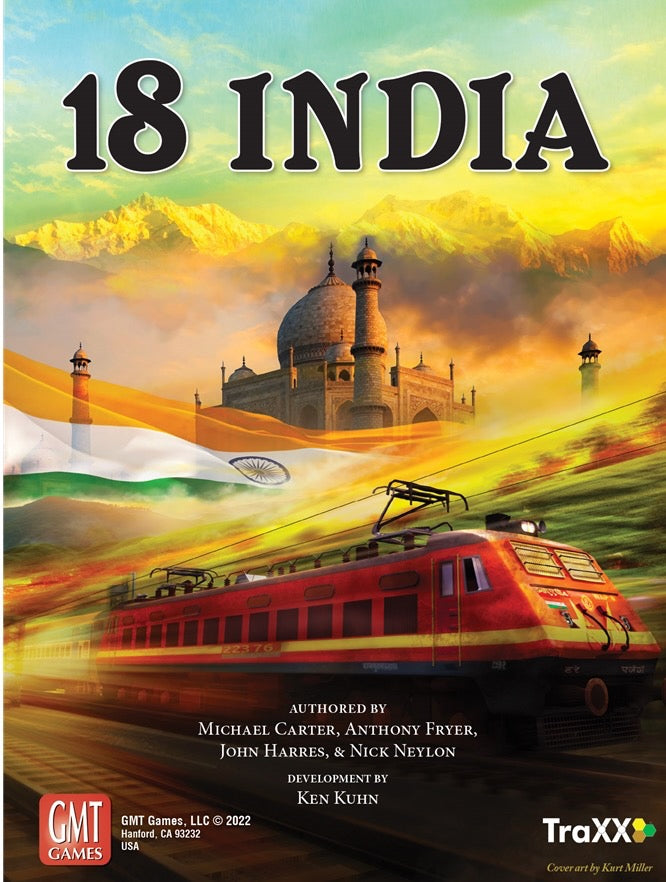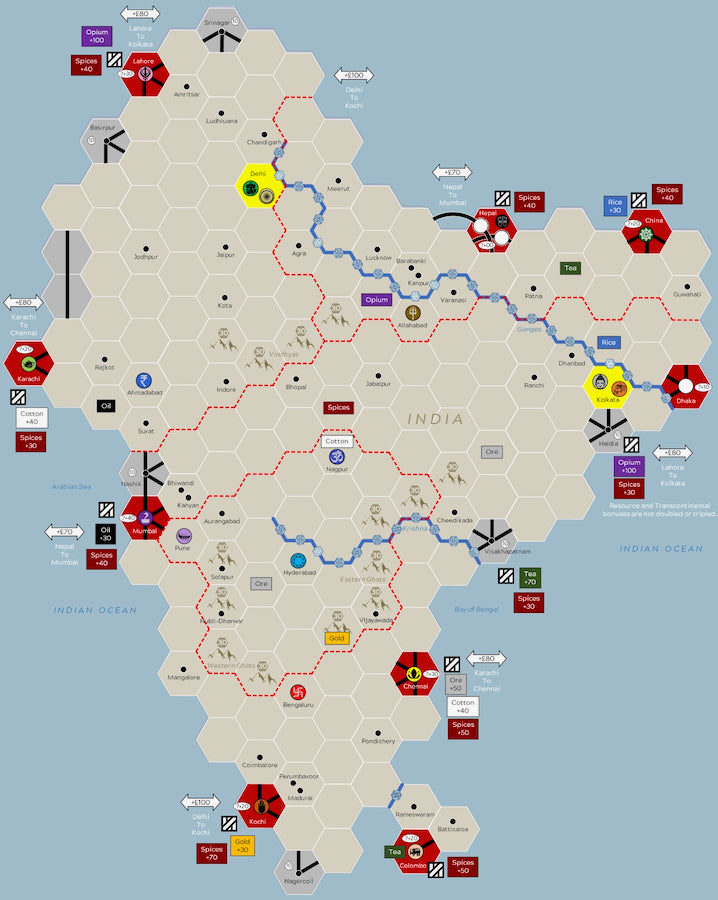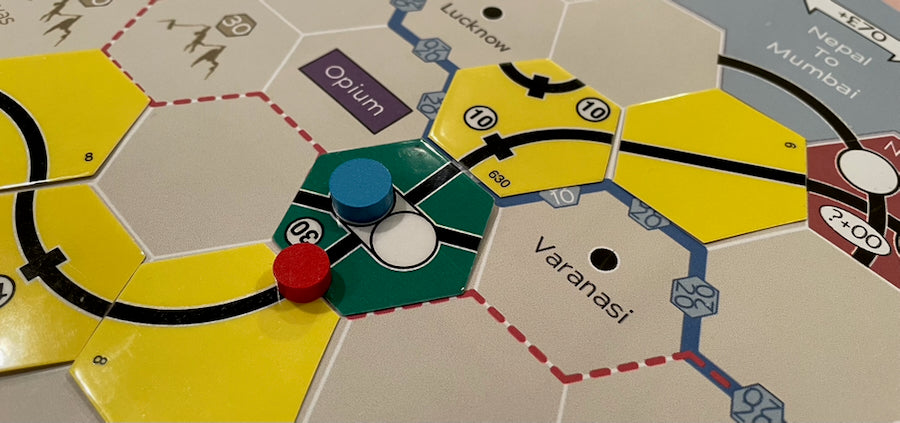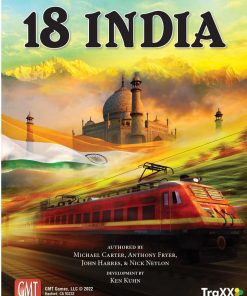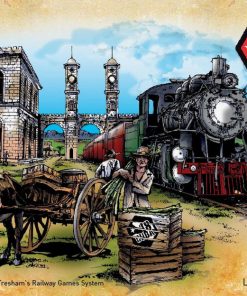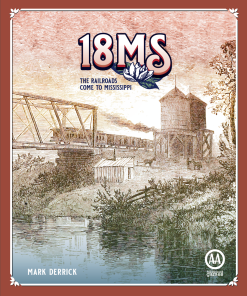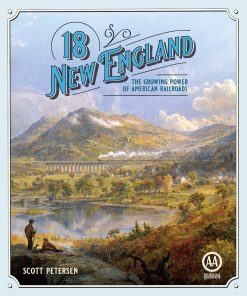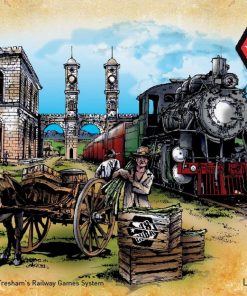18 India GMT Games
$ 144,95 $ 57,98
India’s railroad history began in 1837 when The Red Hill Railway used the country’s first steam-powered locomotive to carry stone for road work to Madras, modern day Chennai. In 1845, India’s first railway was incorporated, the Madras Railway. Sixteen years later, on a warm April day in 1853, a 14-carriage train carrying 400 passengers was hauled 21 miles by three steam locomotives – the Sahib, Sindh, and Sultan – and passenger railway service was thus initiated in India. From there, as they say, the rest is history, and India today has the world’s fourth largest railway network.
At game’s end, each player’s net worth – the value of their stock portfolio, factoring in the book value of the companies, and their cash – is their final score. The player with the most wealth wins.
Speedy Shipping and professional packaging
Our long-standing relationships with UPS FedEx DHL and other international carriers allows us to offer an array of shipping services. Our warehouse staff is highly trained and will pack the items according to the exact and precise specifications. Your items will undergo an exhaustive inspection and properly secured before they are delivered. We deliver to thousands of clients every day in a variety of countries. This is an indication of our determination to become the largest online retailer worldwide. The distribution centers and warehouses distribution are located in Europe and the USA.
Orders with more than 1 item are assigned processing periods in accordance with the item.
Prior to shipment, we check the item thoroughly before sending the items. Most orders are delivered within 48 hours. The delivery time should be between 3-7 days.
Returns
The inventory is always changing and we are unable to completely manage it due to the fact that several parties are involved, including our factory and warehouse. Stocks can be changed at any moment. You may not receive your order once the order has been made.
Our policy is valid for a period of 30 days. If 30 days have passed in the past since you purchased however, we're unable to give an exchange or refund.
In order for your item to be considered eligible for return, it must be unopened and in the condition you received it. It must also be returned in the original packaging.
Related products
Board Game
Board Game
Board Game
Board Game
Board Game
Board Game
Board Game
Board Game
Board Game
Board Game
Board Game
Board Game
Board Game
Board Game
Board Game
Board Game
Board Game
Board Game
Board Game
Board Game
Board Game
Board Game
Board Game
Board Game
Board Game
Board Game
Board Game
Board Game
